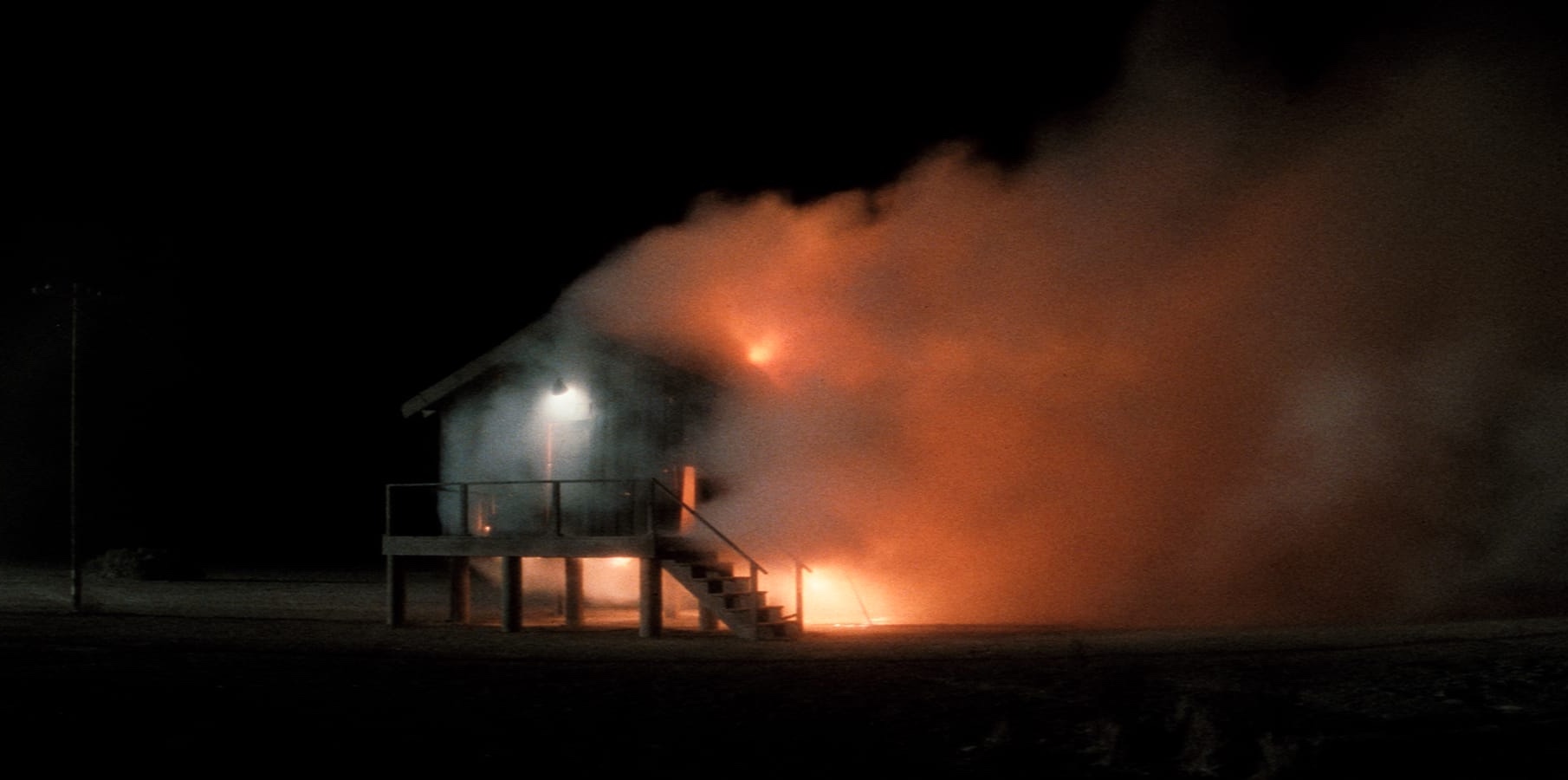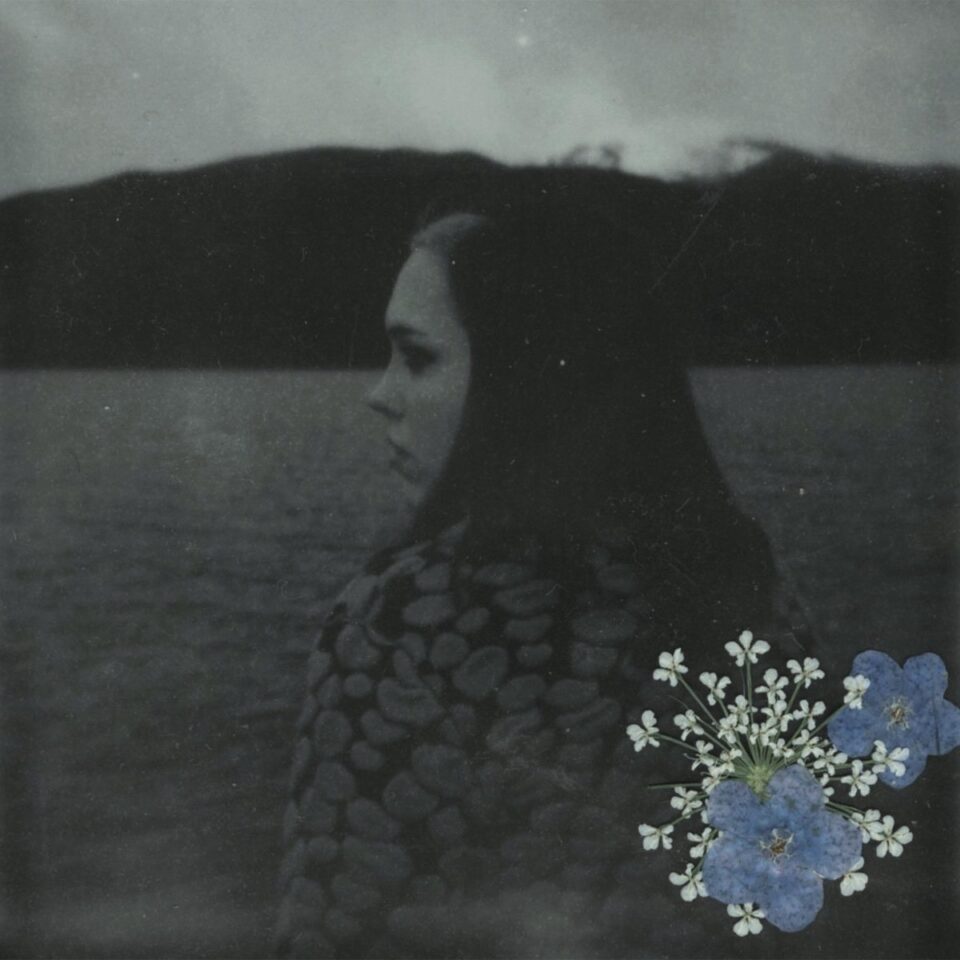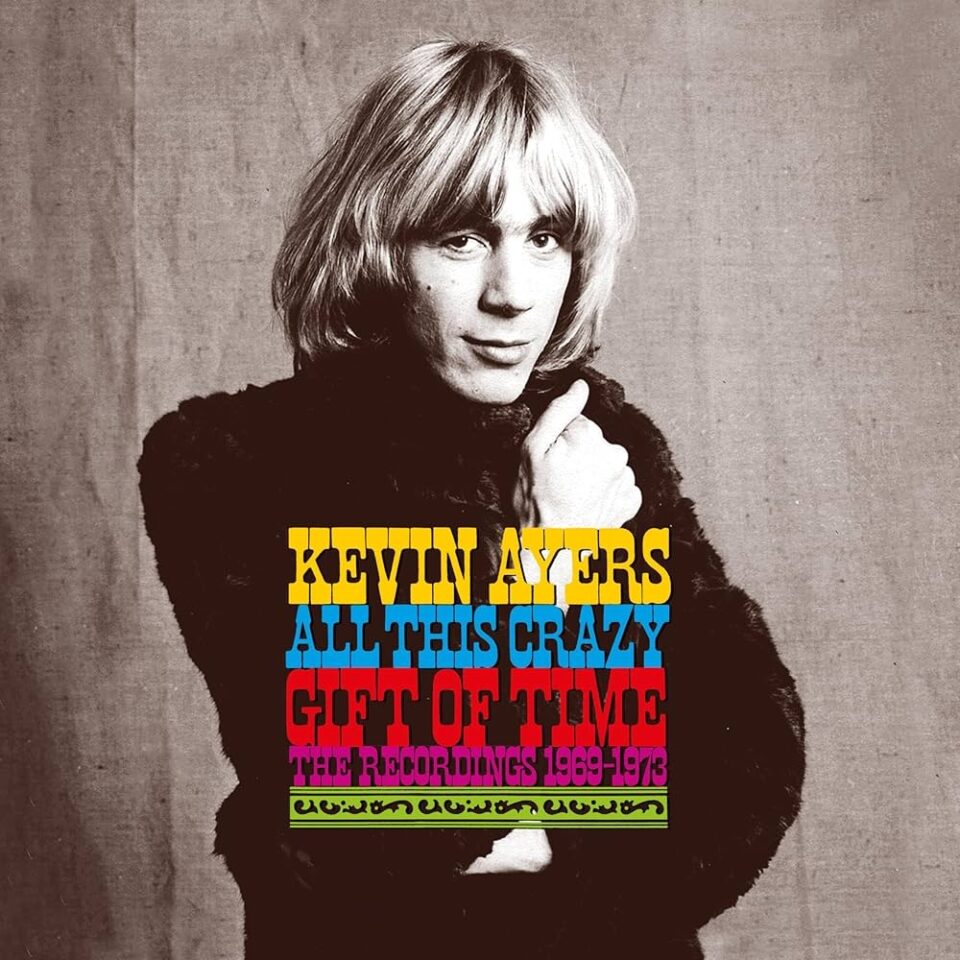One of the most interesting and intense elements of David Lynch’s 1997 feature Lost Highway—beyond its dusky non-linearity, magic narrative, and darkly derivative pulp fantasy—is how the director/writer, on this occasion, fused his action-painterly vision and oddly comic storytelling style with that year’s most contemporary and haunting sounds: industrial rock and alt-electronica.
Before Lost Highway and its whispery psychogenic fugue’s worth of stilted, minimalist dialogue, broadly played gangsters (Robert Loggia's quick-to-anger Mr. Eddy; horror Yoda-homunculus Robert Blake), and eerily morphing head wounds—all exploded now in glorious new 4K beyond Peter Deming’s more-black-than-black original cinematography—Lynch and composer Angelo Badalamenti utilized the past-perfect musical motifs of Americana. That meant the innocence of Roy Orbison and Bobby Vinton as the sonic backdrop to the unbound suburban nightmare of Blue Velvet and the tunefulness of Elvis Mania against the ultra-violence of Wild at Heart.
Instead taking a page from the visual and musical motifs of his menacing and bleakly humorous Eraserhead, Lynch makes Lost Highway into an uneasy parable of ugly industrialism, weird sex, unimaginable loss, warily answered phones, and misplaced morality. What is a bloody death by coffee table and the circuitous logic of a deadpan-but-always-suspicious-looking saxophone player (played smirkingly by an elastic Bill Pullman) finding mystery videotapes but part of a larger industrial motif (or a “21st-century noir horror film,” as Lynch himself said of the slow Los Angeleno spectacle of Lost Highway)? As for the painter in Lynch, the grainy pixels of videotape (the ones that come Pullman’s way) seem etched and wood-carved. Murder scenes are alive with greyed stains against stark white and Munch-like painted mouths. Be afraid.
Along with its manicured, sculptural sound design pumped to the chilly, rococo max (presented in English LPCM 2.0 and DTS-HD Master Audio 5.1 for tone nerds), Lost Highway’s musical soundtracks were tailor-fit by late-’90s-era David Bowie to suit his motoring electronica and fascination with industrial squalor with the luridly pumped and wonky “I’m Deranged” at the top and the end of the yellow-lined black top. Angrily cinematic pieces from British composer and one-time Bad Seed Barry Adamson and Lou Reed (“Mr. Eddy’s Theme” and “This Magic Moment,” respectively) also fit nicely into Lynch’s night-goggle Gomorrah.
The grainy pixels of videotape seem etched and wood-carved. Murder scenes are alive with greyed stains against stark white and Munch-like painted mouths. Be afraid.
Yet along with the hammering Rammstein and the wifty, driving orchestrations of Badalamenti, industrialists du jour such as Trent Reznor (without Nine Inch Nails—a telling sign of things to come for the Oscar-winning film composer) and Marilyn Manson (who briefly cameos in a film within the film) present Lynch with a new, fiery take on Los Angeles in decline, a sound and vision that Lynch would bring to his next noir, Mulholland Drive, four years later. Even the making-of feature-length documentary from 1997, Pretty as a Picture: The Art of David Lynch, offers interludes with Lynch and Badalamenti moving the film’s music and curating the tone of energized, melancholy morass to come.
That Lynch pulls all this off means you’ve suspended belief; you’ve accepted the possibility of a psychological condition in which a person faces great fear or desperation that causes one to lift, separate, and borrow cell structure. You’ve welcomed fear and its distortions as part of Lynch’s work. And you’ve allowed yourself to be at one with pulsing blackness, electrifying bursts of daylight, and the cinematic swirl of claustrophobic industrial noise and orchestrated electronic lounge muzak. Get Lost. FL









